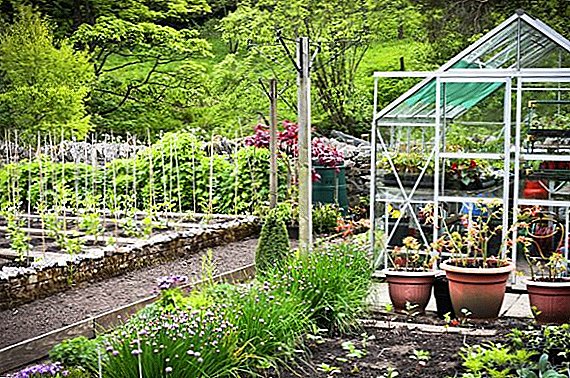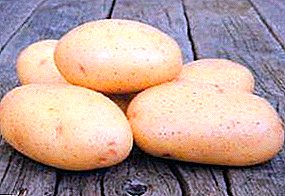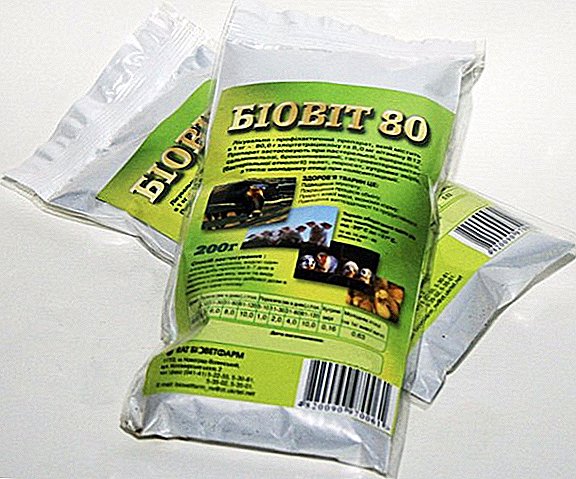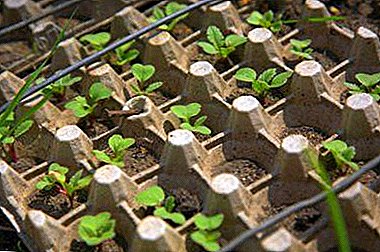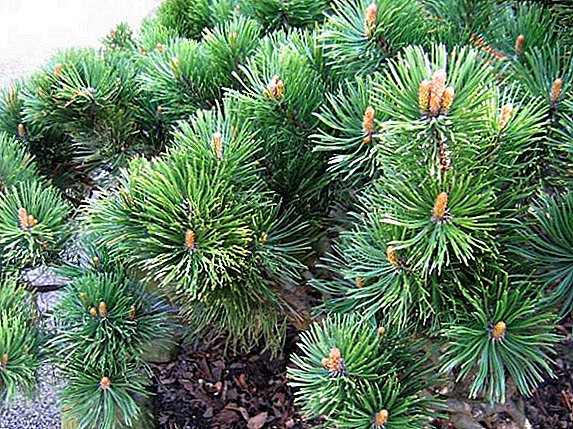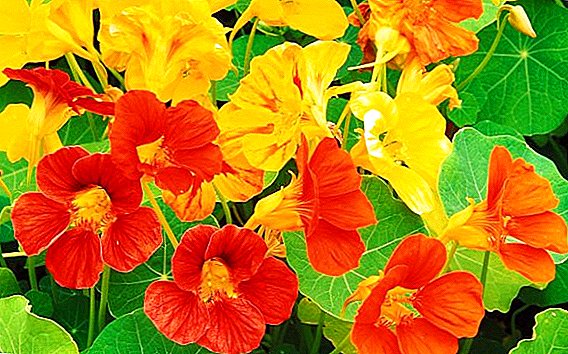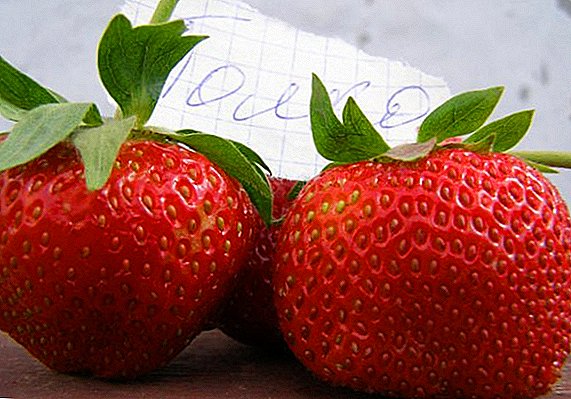
Kokkoloba Berry grows on the coast of the Caribbean. Perfectly tolerates the climate of Florida. It is a tropical plant. Freezes at low temperatures. Excellent response to fertilizing and frequent irrigation.
Latin name Coccoloba uvifera. Belongs to the genus Kokkoloba dicotyledonous class Buckwheat family. The order of clove blooming.
In common, the plant is called "Sea grapes." The tree gained its name due to the rounded ovoid fruits resembling a bunch of grapes. The life span of the plant is 55-60 years.
Benefits of Kokkoloby Berry
 The plant is a honey plant. Its juice is used to dye natural leather. Wood is used as fuel.
The plant is a honey plant. Its juice is used to dye natural leather. Wood is used as fuel.
Fruit large, in diameter reach more than 2 centimeters. They have a thick skin with a miniature layer of sweet tender pulp. Grapes have a pleasant nutmeg aroma.
There is a small seed inside the fruit. After full ripening, berries are showered on the ground. Fruits can be consumed in canning and fresh. They are often used in cooking. They are made from jelly, mousse, jam, jam, candied fruit, marmalade.
Berries make an excellent wine, which is served in elite restaurants. After a long fermentation, it becomes wine vinegar.
The amount of fruit energy does not exceed 60-65 kcal per 100 grams. Fruits are rich in minerals and vitamin complex A, B, C. All this has an excellent effect on the human body.
According to its composition relate to tonic products. They increase skin tone, promote rapid weight loss. Normalize pressure and heartbeat. Useful in diseases of the liver, kidneys, heart. Berries plants are anti-inflammatory product. They put the nervous system in order, being a sedative.
A photo
The following are photos of sea grapes:


Home care
Young plants are recommended to buy in nurseries or specialized stores. This will reduce the possibility of buying an infected or diseased tree.
You should choose a flower with shiny healthy leaves, unaffected stems and a developed root system. The plant is a perennial. Life expectancy can be more than 55 years.
Watering
Flower loves high humidity. It tolerates frequent watering and spraying from the sprayer. Since the spring after a state of rest, ending the autumn period, the soil is constantly kept wet. To allow stagnation of moisture in the tank is strictly prohibited.
When watering, it is necessary to take into account the preferences of the Kokoloba Berry. The plant is accustomed to saline soils. therefore Not recommended water the plant with hard water containing chlorine impurities.
In winter watering time must be reduced, allowing the top layer of the earth to dry out.
Bloom
Flowers miniature, beige shade. Are in the extended brushes. Endowed with a delicate pleasant aroma. Due to poor indoor lighting, the plant practically does not bloom.
Sea grapes: photo during flowering.

Crown formation
Tall trees can reach more than eight meters. Possess an oval-ovate crown. The plant has emerald leaves with bright red streaks. After growing the leaves are painted in a cream shade.
Leaves plants wide up to 25 centimeters, elongated to 14 centimeters. Have a dense leathery basis. The reverse side of the leaves is light emerald. Bark of amber trees.
Soil
Under natural conditions, tolerates saline soils. Grows well on sandy soils. But the composition of the earth does not matter. The tree can adapt to any growing conditions.
Planting and transplanting
Transplant carry out as the root system of the plant develops. Young trees are transplanted every year. Transplantation of adult bushes is done once every 3-4 years. Every year in the tank it is necessary to change the top layer of the earth.
Ornamental shrubs are planted immediately in the ground or in a pot with a thin layer of drainage. Suitable broken brick, pebbles, expanded clay. The tank should be spacious with free space for the root system of the plant.
After landingFor two weeks, for good rooting of the plant, it must be kept in partial shade. In summer, the plant prefers the western or eastern side.
If the flower is placed on the south side, the plant will receive severe sunburn, and its leaves and fruits will turn red and fall.
Temperature
The flower is very light-requiring, but does not tolerate sunlight. Prefers penumbra. Growth temperature should be 19-25 ° C. In winter, temperatures should not be lower than 17 ° C. The plant can ruin the frost.
Breeding
 At home, grow Kokkolobu Berry very difficult. With poor care, the tree begins to slowly grow and develop poorly.
At home, grow Kokkolobu Berry very difficult. With poor care, the tree begins to slowly grow and develop poorly.
The plant is planted in greenhouses, open balconies and botanical gardens. In the apartment to grow Kokkolobu Berry is impossible. Propagated by seeds and cuttings.
Seed propagation produced in the II decade of February - I decade of March. When sowing, use fresh seeds. They are scattered on the upper layer of the earth and germinated in a self-made greenhouse.
In the microclimate constantly maintain a high level of humidity. Growth occurs on the 20-35 day after planting.
When grafting use green cuttings. The optimum temperature for planting 28-30 ° C. It is preferable to plant before the start of the growing season.
Diseases and pests
At home, the plant is subject to attack spider mites. Especially if in the greenhouses dry air and high temperature characteristics. To get rid of the pest, the stems are washed in a stream of warm water of 45 ° C. The boles are then sprayed with the Actellic chemical.
The tree is often affected root rot. The disease occurs when the soil is over-wetted and the flower is in the gulf. To eliminate the disease the flower must be changed location.
Kokkoloba Berry grows well in greenhouses and gardens. It is a honey plant, widely used in cooking and in the manufacture of wine. Propagated by seeds and cuttings. Under natural conditions, tolerates saline soils.


